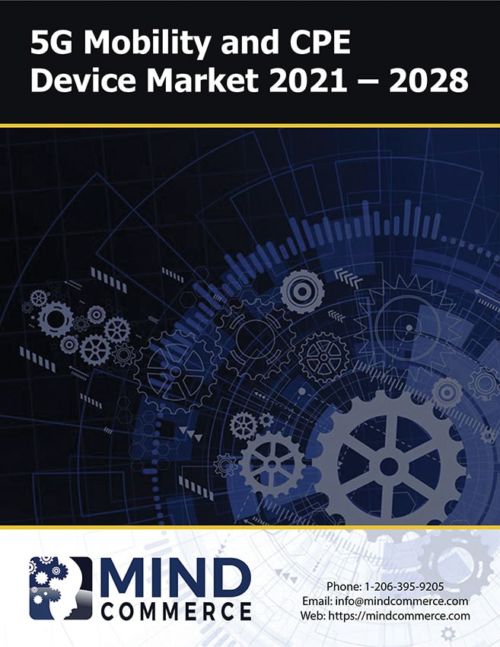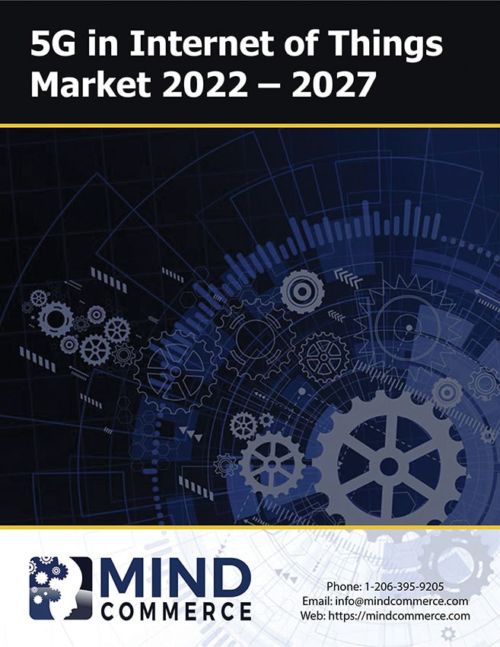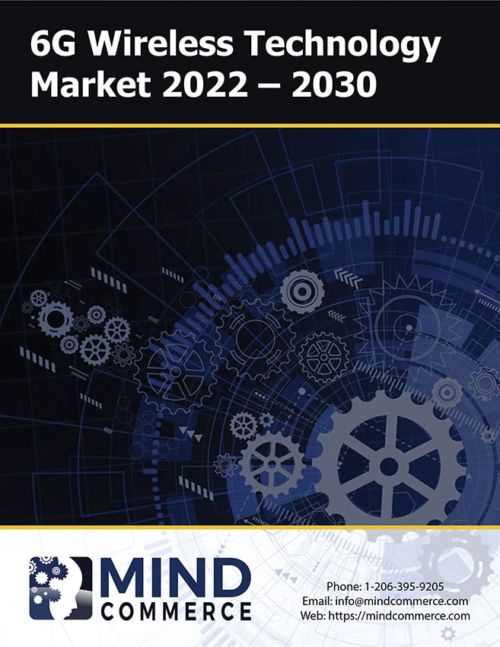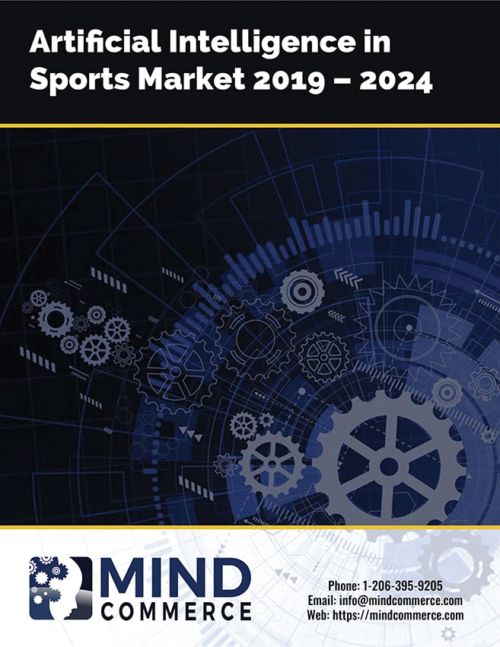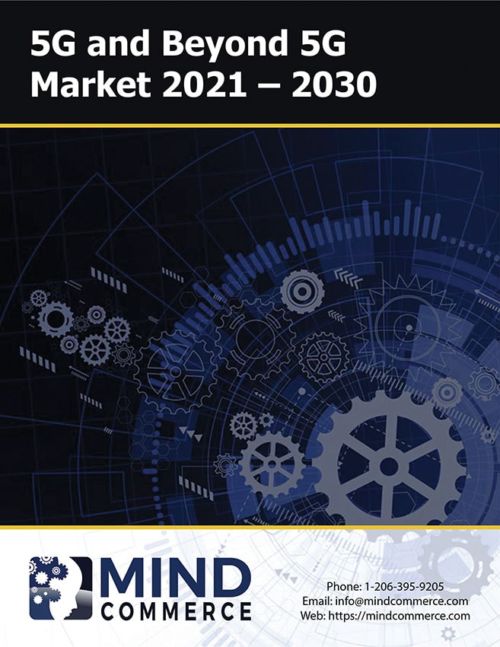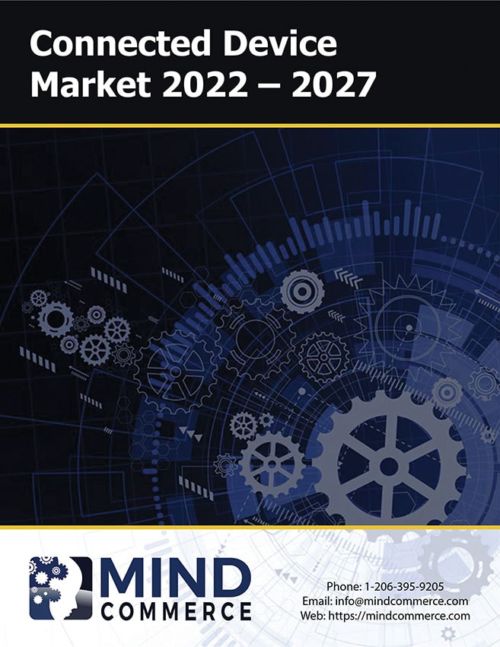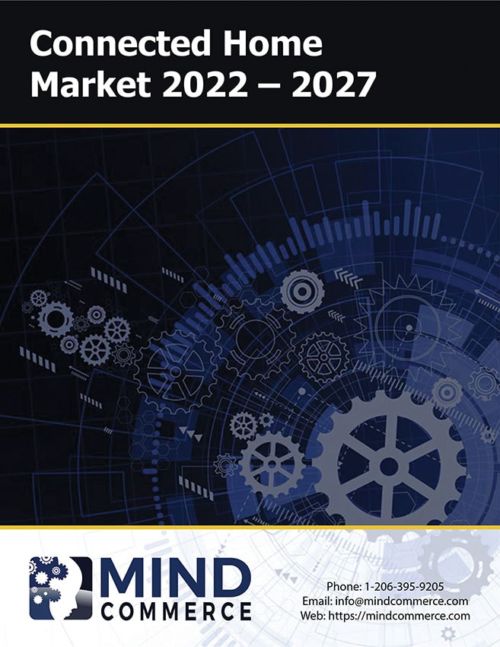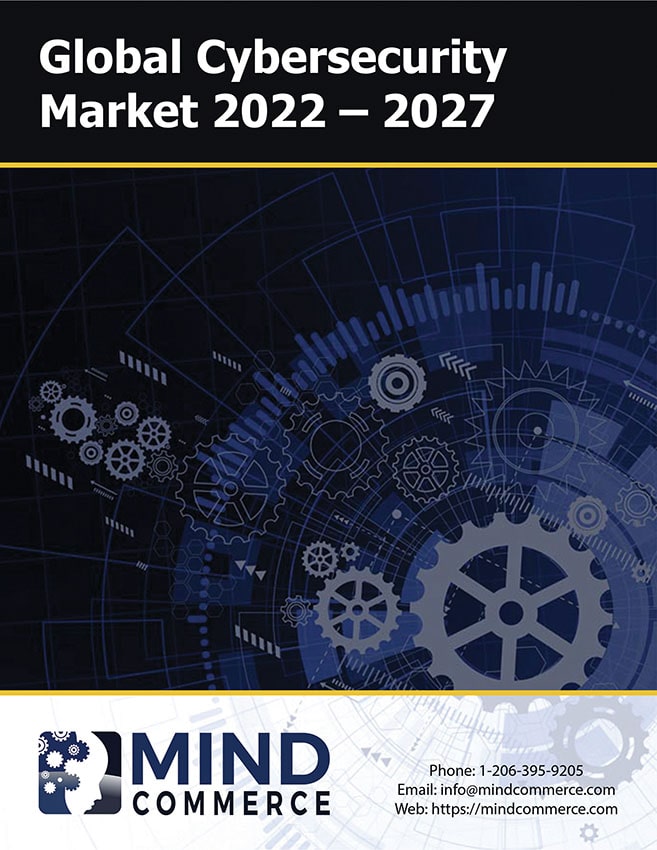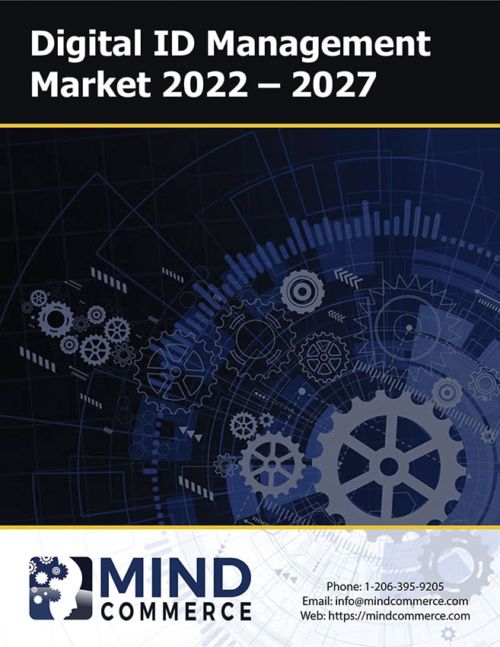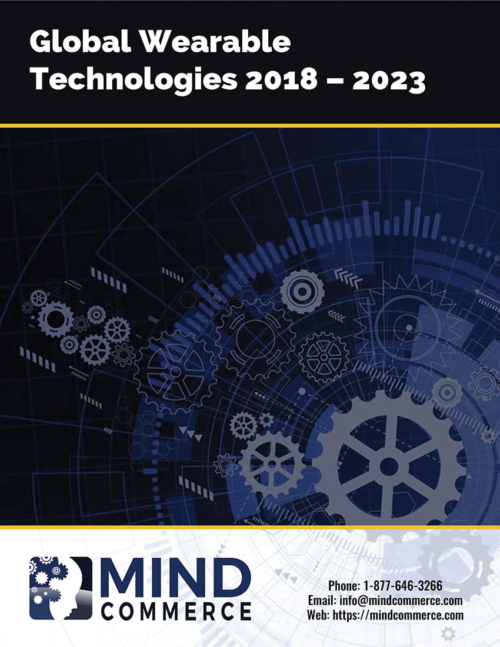
Devices & UI Information and Reports
ICT devices range from consumer devices for interface by humans to enterprise and industrial devices intended only for machine interface, signaling, and communications. Typical consumer devices include smartphones, tablet computing devices, and wrist-worn wearable technologies such as smart watches and fitness bands. Less common consumer devices include face-worn wearables and implantable technologies.
With the expansion of the Internet of Things (IoT), enterprise and industrial organizations will utilize a wide variety of IoT devices for various purposes including monitoring, tracking, and control of assets. IoT devices range in size from the very small to be embedded into equipment to the very large, such as industrial actuators and related sensors. Mind Commerce IoT device reports cover all of the major technologies, use cases, and business opportunities and market outlook across device types, industry verticals, applications and services. Read More…
Wearable Devices
There are several factors that contribute to the growth and adoption of the wearable technology market including ease-of-use, device portability, high degree of synergy with the Internet of Things (IoT), and innovation in display technology. In addition, the application of wearable devices is gaining traction in many industry sectors and facilitating a pattern of increased corporate investment in technology innovation.
Certain wearable devices, such as smart watches and fitness bands, have gained traction in the marketplace, but Mind Commerce sees a different direction
Currently, wearable devices are highly dependent upon smartphones for communication via the Internet by way of WiFi and cellular data networks.

We see WAN and PAN communications becoming built into many devices and objects including clothing and wearable bands (e.g. similar to fitness bands, but purpose-built for communications only). We see this as part of a Body Area Network (BAN) in which various objects that a person may wear all communicate with one another locally/personally and also have a means of communicating globally via a WAN connection.
Mind Commerce IoT device reports focused on wearable technology include:
- Global Wearable Technologies: Devices, Applications, and Services Market
- Next Generation Mobile Payments: Smartphones, Wearables, and Implantable Technology
Some experts have asserted the notion that wearable devices will enable off-load of computing from centralized servers and applications. While this phenomenon has occurred to some extent via smartphones, Mind Commerce does not see wearable devices making a substantive incremental impact in this area.
We come to this conclusion in part due to the anticipated rapid expansion of network-based edge computing. In other words, we see the network edge (e.g. distributed cloud computing) off-loading computational requirements rather than devices worn by a person.
Mind Commerce IoT device reports focusing on the role of edge computing in data processing and related services include:
- Multi-access Edge Computing (MEC): Market Outlook and Forecasts
- Multi-access Edge Computing (MEC), Streaming IoT Data, and Analytics
- Multi-access Edge Computing (MEC) and Real-time Data in Smart Cities, Buildings, and Homes
Next Generation User Interfaces

The vision of haptic Internet is to achieve the speed limit of human interaction time with environments such as 100 milliseconds auditory reaction time, 10 milliseconds visual reaction time, and ensuring 1 millisecond response time. The core challenge is to achieve this 1 millisecond latency. 5G is widely anticipated as a game changer for many reasons including a few low-latency dependent applications such as those that utilize Haptic Internet.
There are various technologies being developed for realistic interaction. This includes solutions that provide a realistic experience regardless of device type or surface in which the end-user engages.
These technologies can be applied to wall displays, e-blackboards, e-tables and any surface-shaped display to provide user’s realistic interaction. Some of these solutions include interactive surfaces with touch sensing and tactile actuation technologies.
As part of this trend, there will be sensors embedded in many technologies and devices that end-users rely upon personally and professionally every day. Devices and programs leveraging data and analytics from sensors will become increasingly smarter with the inclusion of various artificial intelligence technologies.
Mind Commerce IoT device reports focused on next generation user interfaces include:
- Augmented Reality and Mixed Reality Market Outlook and Forecasts
- Virtual Reality (VR) Marketplace: VR Technologies, Companies, Solutions, Devices, Components, Applications and Services
- Immersive Technologies and Solutions: Virtual Reality, Augmented Reality, and Haptic Internet
IoT Devices
The scope and type of IoT devices ranges greatly, encompassing everything from human-oriented consumer devices (such as smart watches and virtual private assistants like Amazon Echo and Google Home) to machines/bots with little or no direct human interaction (such as IoT gateways, sensors, communications modules, and more).
Every industry vertical involved in IoT (which is to say virtually every industry) will need to develop strategies and plans focused on IoT device choice and integration with existing systems, processes, and procedures. For many industries, there are difficult decisions to make as there are a large number of device types, and numerous use case scenarios for each market segment. In addition, most industry verticals are sufficiently different to have unique needs in terms of IoT device adoption and usage.
A small sampling of Mind Commerce IoT device reports focused on industry verticals includes:
- Wearable Devices and IoT in Healthcare
- Smart Workplace: Devices, Applications, and Services

While some of these IoT devices are purpose built, and small enough to be considered electronics components (e.g. rather than a “device”), they are very important to the function of IoT devices and systems overall.
Mind Commerce IoT device reports focused on embedded IoT and electronics components include:
- IoT Device Semiconductors and Operating Systems: IoT Chipsets and RTOS
- MEMS Marketplace: Components, Devices, Products, Applications and Industry Verticals
- Internet of Things Device Hardware and Software: IoT Semiconductors, RTOS, Embedded Systems, and Device Management


